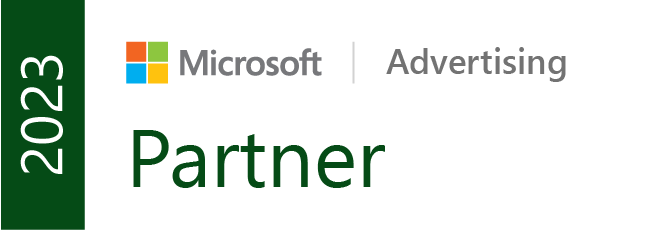
Attention, digital marketers!
The cookie jar is about to be emptied, and we’re all scrambling to find new ways to satisfy our data cravings. Google’s impending phase-out of third-party cookies has sent shockwaves through the advertising world, leaving many wondering if we’ll ever target ads as effectively again.
But fear not!
As it turns out, necessity truly is the mother of invention. This seismic shift has sparked a wave of creativity that would make Don Draper green with envy. Let’s dive into the brave new world of post-cookie marketing, exploring cutting-edge technologies and strategies emerging from the ashes of our beloved third-party trackers.
Want to brainstorm with our team on new ways to scale your business with YouTube Ads (and other performance video platforms)?
Join us for a free YouTube ad brainstorming session👇
The great cookie conundrum
For years, third-party cookies have been the backbone of digital advertising, allowing us to track users across the web, build detailed profiles, and serve up hyper-targeted ads. It was a beautiful symbiosis – advertisers got their data, and users got… well, eerily accurate product recommendations.
But as privacy concerns grew, the writing was on the wall. With Google joining Safari and Firefox in blocking these trackers, the industry faces a major upheaval. The burning question: How can we deliver personalized, relevant ads without invading users’ privacy?
Enter the new kids on the block
Where there’s a will (and a multi-billion dollar industry), there’s a way. Let’s examine some innovative solutions to fill the cookie-shaped hole in our hearts:
1) Federated learning:
This privacy-preserving brainiac harnesses the power of machine learning without seeing the underlying data. That’s the promise of federated learning. Instead of collecting user data centrally, this technique trains algorithms on users’ devices. The insights are then aggregated and shared, without individual data ever leaving the device.
Google’s Privacy Sandbox initiative is exploring federated learning with their FLoC (Federated Learning of Cohorts) proposal, aiming to group users with similar interests for targeted advertising without individual tracking.
Real-world example:
Snapchat is experimenting with federated learning to improve image filters without accessing users’ photos directly.
2) First-party data:
The new gold standard as third-party data crumbles, first-party data is becoming the darling of the marketing world. This information, collected directly from your audience through your own channels, is both accurate and consensual. Users willingly provide this data, often in exchange for a better experience or personalized offers.
Real-world example:
Netflix masterfully uses first-party data to recommend content and inform production decisions. Shows like “House of Cards” were commissioned based on insights gleaned from user data.
3) Contextual advertising:
As ‘Back to the Future’ suggests, sometimes the best way forward is to take a step back. Contextual advertising, which targets ads based on webpage content rather than user data, is experiencing a renaissance in the post-cookie era.
Actionable takeaways for your next campaign:
Prioritize privacy: Be transparent about data collection and usage to build trust.
Leverage first-party data: Implement strategies to collect and utilize data directly from customers.
Embrace contextual advertising: Target ads based on content relevance rather than user profiles.
Stay tech-savvy: Keep an eye on emerging technologies and allocate resources for experimentation.
Focus on content quality: Create valuable, engaging content to attract and retain customers organically.
Diversify your approach: Combine multiple strategies for a resilient marketing plan.
Adapt your metrics: Rethink how you measure success in light of changing tracking capabilities.
By implementing these strategies, you’ll be well-equipped to navigate the post-cookie era.
Remember, this shift isn’t the end of effective digital advertising – it’s an opportunity to create more meaningful, privacy-respecting campaigns that truly resonate with your audience.
The future of digital marketing lies in adaptability, creativity, and a genuine commitment to providing value to your customers. Embrace these changes, and your campaigns will continue to thrive.
And that’s how the cookie crumbles!
Want to brainstorm with our team on new ways to scale your business with YouTube Ads (and other performance video platforms)?
Join us for a free YouTube ad brainstorming session👇
Want more content like this?
Don’t miss out on the latest news and updates from the world of Direct Response advertising! Subscribe to our newsletter today 👇

Beth Preston, Copywriter
Beth is a rising star on our copywriting team. She always brings her A-game to the table, delivering a fresh perspective and incredible converting copy for our clients.
Like this post? Let's continue the conversation!
Get in touch with us by shooting us a quick email or tagging us on LinkedIn or Instagram, and sharing your thoughts. Your feedback helps us keep our blog relevant and interesting.
Get Our Newsletter
Need Help?
Get in touch with us for an insightful evaluation of your ads + actionable tips to help amp up your direct response revenue



